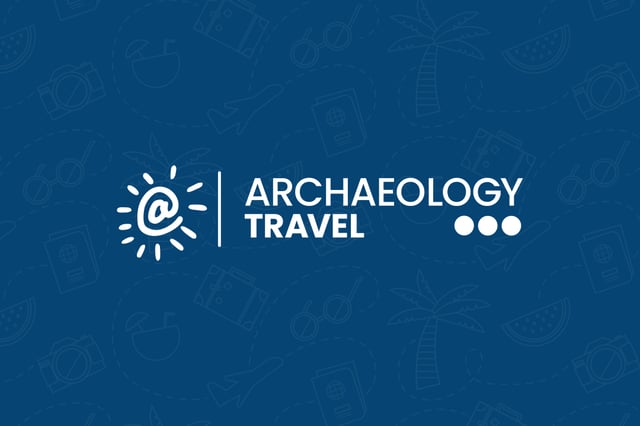Hertfordshire
Art, History & Archaeology Sites & Museums
Archaeology & History Sites in Hertfordshire
The Hypocaust, St Albans
This new, state-of-the-art building was specifically constructed to house the impressive mosaic floor of a major townhouse in the Roman city of Verulamium. What we see today, about half the size it originally was, is the floor of what would have been the reception room of the townhouse. You are able to admire the magnificent mosaic decoration in its original place, as well as the hypocaust system used to heat the house that the Romans brought to Britain.

Join English Heritage and/or National Trust
Some attractions listed on this page are managed by English Heritage or the National Trust. Besides supporting their work, joining these organisations offers you many benefits. Read about the benefits of joining English Heritage and/or the National Trust. Non-residents of England can benefit from a Pass for Overseas Visitors.
New memberships, paying by direct debit, get 15% off with code EHAFF2024 until 31 Dec. 2024.
Museums & Art Galleries in Hertfordshire
Redbourn Village Museum
With artefacts, maps and pictures ranging from the Stone Age to the 19th century, the museum tells the history of the small Hertfordshire village of Redbourn. The museums is housed in what was a former 19th century Silk Mill manager’s house, that was in the 1940s converted into Brooke Bond’s tea and coffee packaging factory – one of the largest in the country. A Victorian parlour from 1900, Redbourn Priory and the Redbourn House Portico are some of the highlights of this charming local history museum.

Verulamium Museum
Built on the site of one of Roman Britain’s largest cities, the Verulamium Museum was established to house Iron Age and Roman finds excavated by Sir Mortimer Wheeler and his wife. Today the museum is considered one of the best Roman museums in England. Highlights of the museum’s exhibits include some of the finest mosaic floors and rare fragments of painted wall plaster. Highlights on display in the museum include the bronze statuette known as the Verulamium Venus and the Sandridge Hoard of 159 Roman coins.






